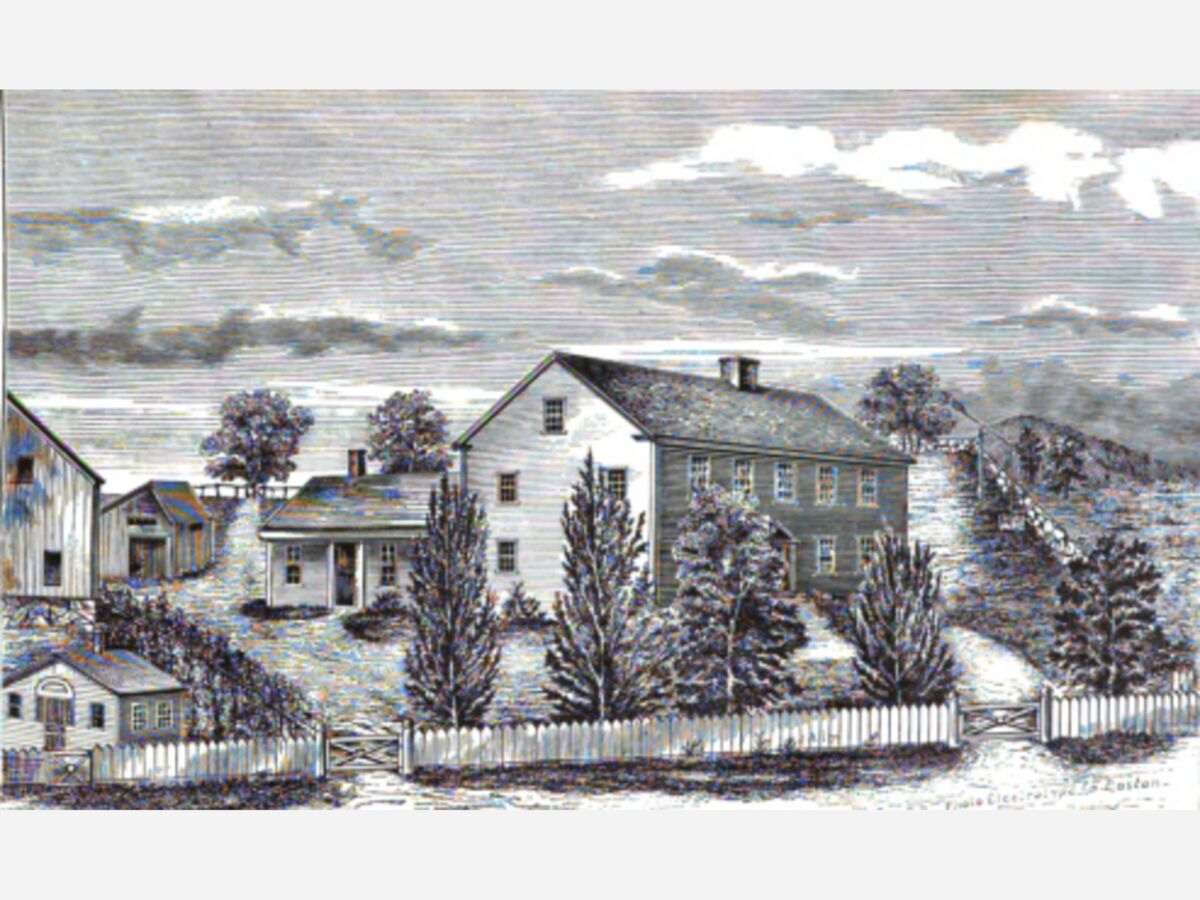Image


Stephen M. Diamond, today a Professor of Law Emeritus associated with University of Miami School of Law, received a B.A. in 1967 from Swarthmore College, a certificate in social anthropology in 1970 from Cambridge University, and an A.M. in 1968 and then a Ph.D. in history and a J.D. in 1976, both from Harvard University.
In the course of earning his Ph.D., he made the town of Franklin the focus of his study, leading to a thesis titled, From Township to Town: Franklin, Massachusetts, between the Revolution and the Civil War. And he managed to research the work without anyone, including local historian and selectman Jim Johnston, getting wind of his work.
In 357 typed pages, Diamond includes chapters such as:
>The Formation of the Town; Economy and Society in its Early Years
>The Town and the Region: Emigration
>The Town and the Region; Relations with Neighboring Towns
>The Coming of Industry
>The Development of Neighborhoods
>The Growth of the Town Center
>The Concept of a Town
The work focuses, as the title suggests, on a crucial period in New England, as old colonial ways – many rooted in the religion-centered world-view of the Puritans – gradually transitioned, helped along by increased travel within the new nation and people’s exposure to new ideas, as well as refinements in democratic practices. On a more micro level Diamond identifies the relative weakness of local identity within the town of Franklin, since its inhabitants often had roots elsewhere.
Diamond’s Introduction states, “the meeting house and common did not provide Franklin with a complete sense of identity. The Town’s self-image evolved more slowly...”
Later, he adds:
“The story of this nineteenth century town, of the development of an intermedia position between country and city, traces not the descent from, but the emergence of an ideal”
Needless to say, this document would seem to be a tremendous addition to the works written about the town to date. There is only one problem. The thesis exists only as a manuscript filed away in the vaults of Harvard. It cannot be published without the express permission of the author. And that doesn’t seem likely to be forthcoming. Telephone calls made to Diamond’s office and even the school’s administration—and letters – from both the Library and the Historical Commission, issued over a period of several years, have remained unanswered.
Why?
No one knows. So, if you want to see what Diamond discovered about our early history, you’ll have to go to Harvard, fill out forms, don white gloves, and carefully leaf through the manuscript under the watchful eyes of the university archivists!